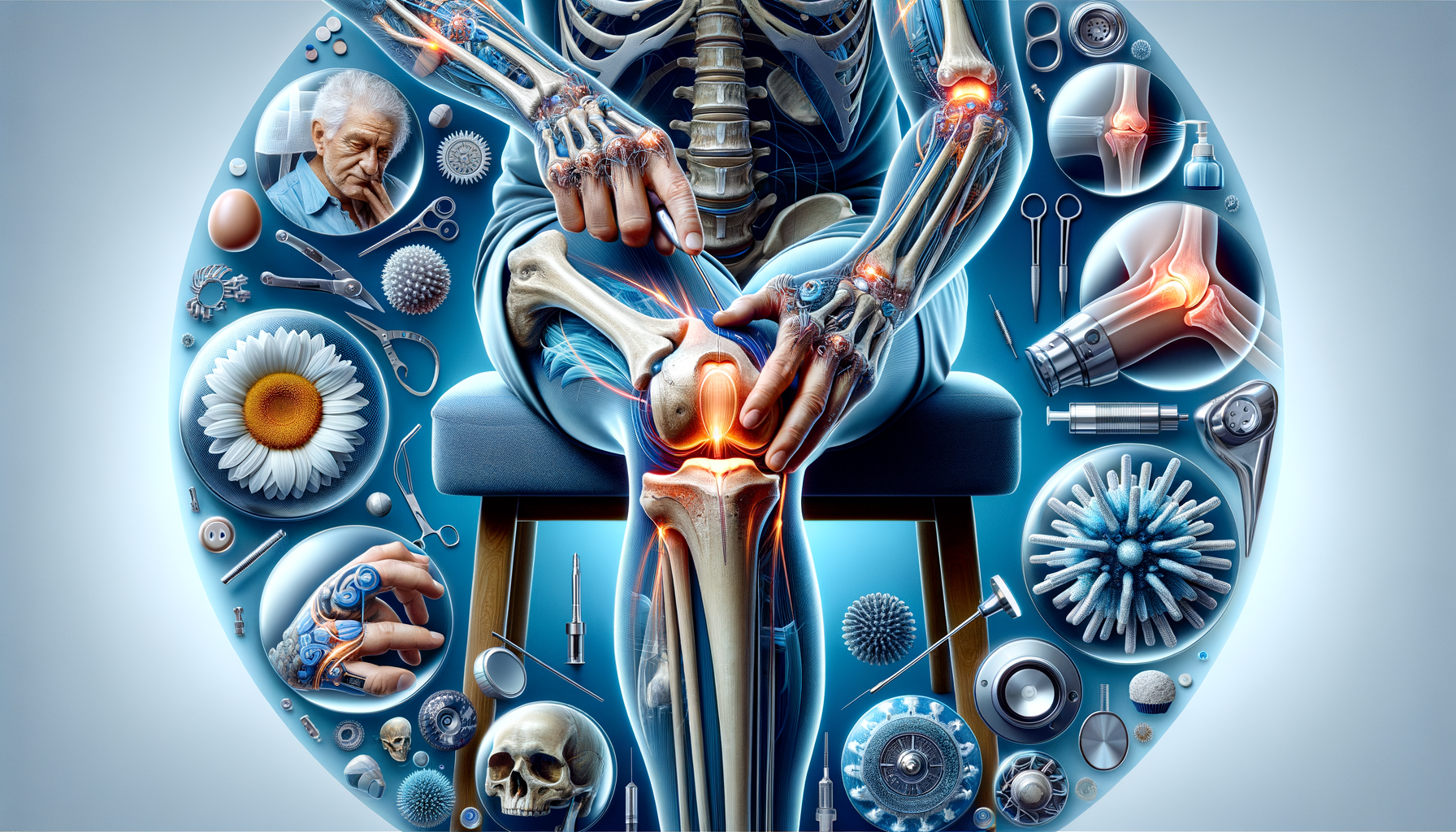What Are the Alternatives to Knee Replacement for Seniors with Severe Osteoarthritis?
When severe osteoarthritis affects mobility, what options exist beyond surgical intervention for seniors? Exploring alternatives becomes essential for those seeking different avenues to manage discomfort and improve function. Understanding the landscape of available non-surgical approaches offers valuable insights into potential pathways forward.

Understanding Non-Surgical Pain Management Options
For seniors grappling with severe osteoarthritis, the prospect of surgery can be daunting. Fortunately, numerous non-surgical pain management options exist that can provide significant relief. These methods focus on reducing pain and improving quality of life without the need for invasive procedures. Common options include physical therapy, which can enhance joint function and flexibility through targeted exercises. Moreover, medications such as non-steroidal anti-inflammatory drugs (NSAIDs) are often prescribed to alleviate pain and inflammation.
Additionally, topical treatments like creams and gels that contain pain-relieving ingredients can be applied directly to the affected area, offering localized relief. Another non-invasive option is the use of heat and cold therapy. Applying heat can help relax and loosen tissues, while cold therapy can reduce swelling and numb sharp pain.
In more severe cases, corticosteroid injections may be considered. These injections can provide temporary relief by reducing inflammation in the joint. It’s essential for individuals to consult with healthcare providers to tailor a pain management plan that aligns with their specific needs and health status. By exploring these options, seniors can find effective ways to manage osteoarthritis pain and maintain their mobility.
Exploring Minimally Invasive Procedures for Osteoarthritis Relief
Minimally invasive procedures have gained traction as viable alternatives to traditional surgery for osteoarthritis relief. These procedures aim to reduce pain and improve function with less recovery time and fewer complications. One such procedure is arthroscopy, which involves inserting a small camera into the joint to repair or clean out damaged tissue. This technique is less invasive than open surgery and can be performed on an outpatient basis.
Another promising approach is viscosupplementation, where a gel-like fluid is injected into the joint to provide lubrication. This can help reduce friction and improve movement, offering relief from pain. Additionally, radiofrequency ablation is a technique that uses heat generated by radio waves to target specific nerves and reduce pain signals. This procedure can be particularly beneficial for those with chronic pain that hasn’t responded to other treatments.
These minimally invasive options provide a middle ground for those seeking relief without undergoing full joint replacement surgery. They are especially suitable for individuals who may not be ideal candidates for major surgery due to age or other health concerns. By opting for these procedures, patients can experience significant improvements in their daily activities and overall quality of life.
Lifestyle Adjustments and Assistive Devices to Improve Mobility and Comfort
Beyond medical interventions, lifestyle adjustments and assistive devices play a crucial role in managing osteoarthritis. Simple changes in daily routines can lead to significant improvements in mobility and comfort. For instance, maintaining a healthy weight is vital as it reduces the stress on weight-bearing joints, thereby alleviating pain. Engaging in low-impact exercises such as swimming or cycling can also enhance joint flexibility and strength without causing additional strain.
Assistive devices are invaluable tools for those with osteoarthritis. Canes and walkers can provide stability and support, making it easier to move around safely. Moreover, using orthotic shoe inserts can help distribute weight more evenly across the feet, reducing pressure on the knees and hips.
Home modifications can further enhance safety and accessibility. Installing grab bars in bathrooms, using non-slip mats, and ensuring adequate lighting can prevent falls and make daily tasks more manageable. It’s also beneficial to create a supportive environment by arranging frequently used items within easy reach to avoid unnecessary bending or stretching.
By integrating these lifestyle changes and utilizing assistive devices, individuals with osteoarthritis can improve their independence and enjoy a better quality of life. Tailoring these strategies to personal needs and abilities ensures that they are both practical and effective.